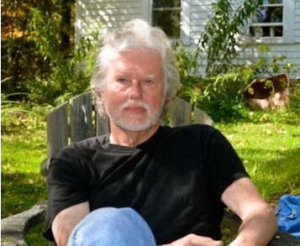Once only thought of as annoyances, moths are now being appreciated for their beauty, diversity, ecological role, pollination duties, and economic value. With more than 10x the number of species as their butterfly cousins, these [mostly] nocturnal fliers show at least as much variation in color, life history strategies, and importance. This talk will explore myths, how to observe moths, and how to participate in a number of moth-related citizen science projects…just in time for National Moth Week.
Register for this free webinar through Zoom.
This webinar is part of the year-long Exploring Connections to and Stewardship of the Natural World talks. This series is supported by a grant through the NH Humanities Council and aims to provide a public and personal space for the examination of environmental ethics, fostering a deeper understanding of, appreciation for, and care of, our natural world. Programs are free to the public, and streamed via Zoom, YouTube, and Facebook Live.
For more information and to see the entire slate of talks, visit our series webpage.
Speaker Bio:




